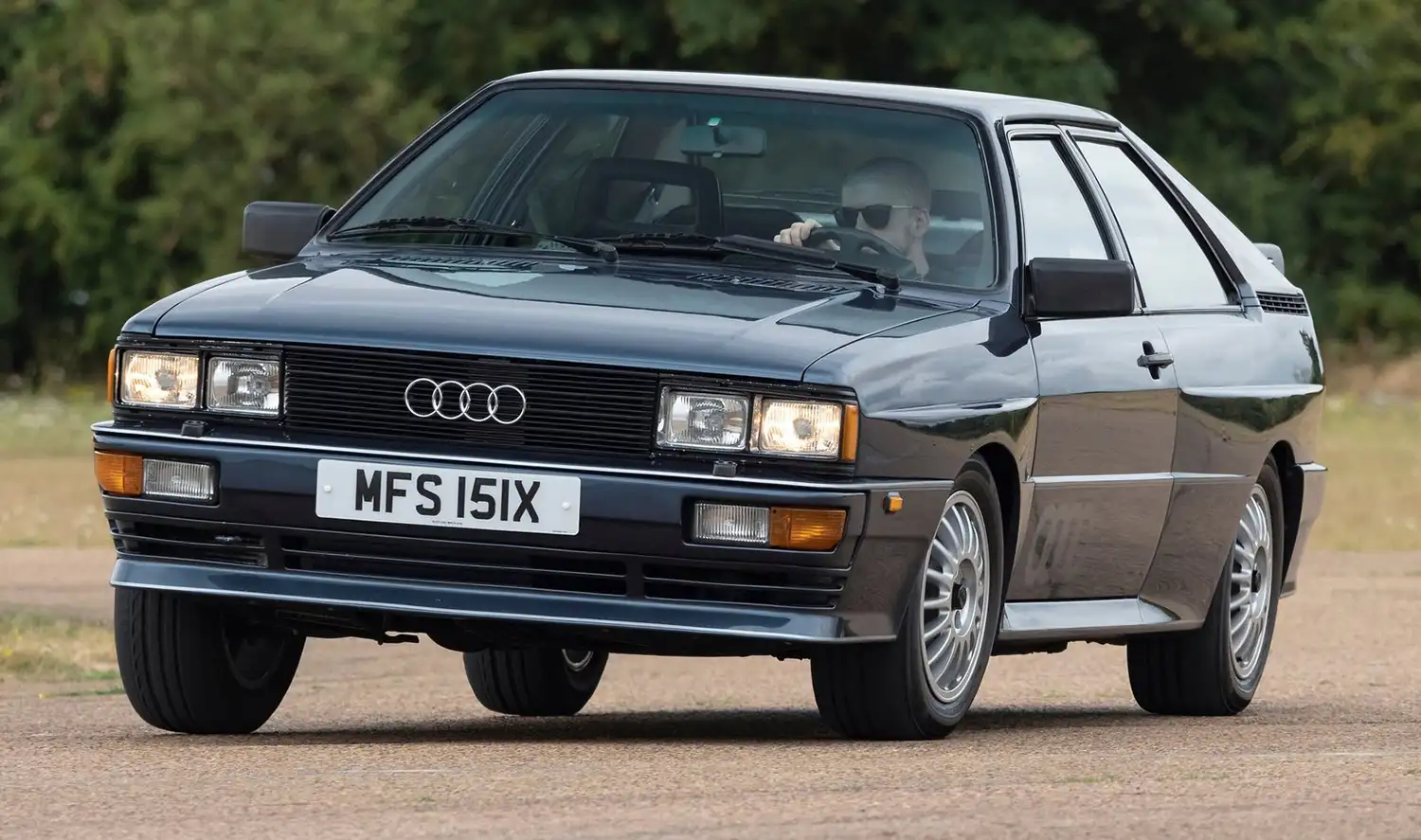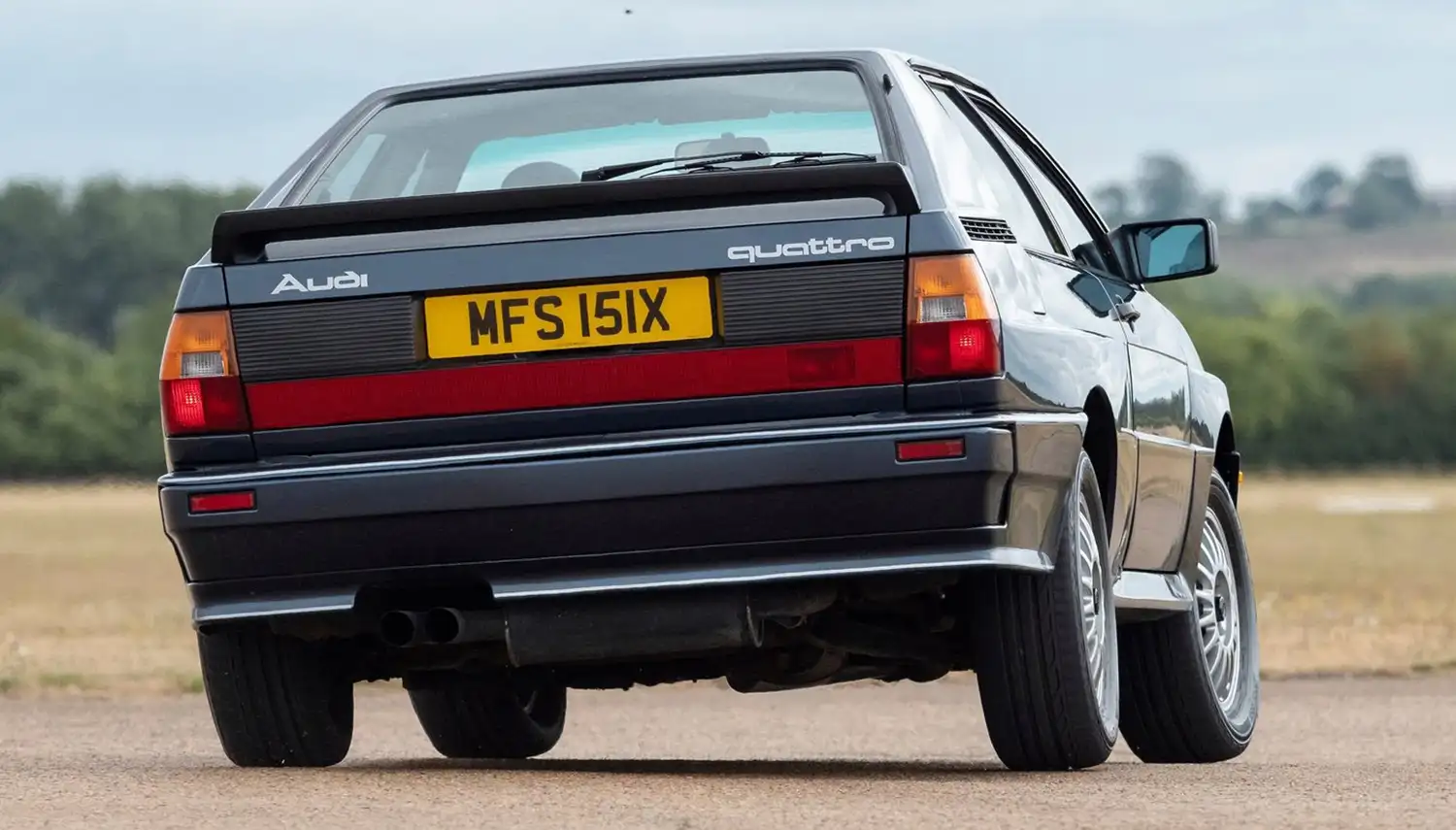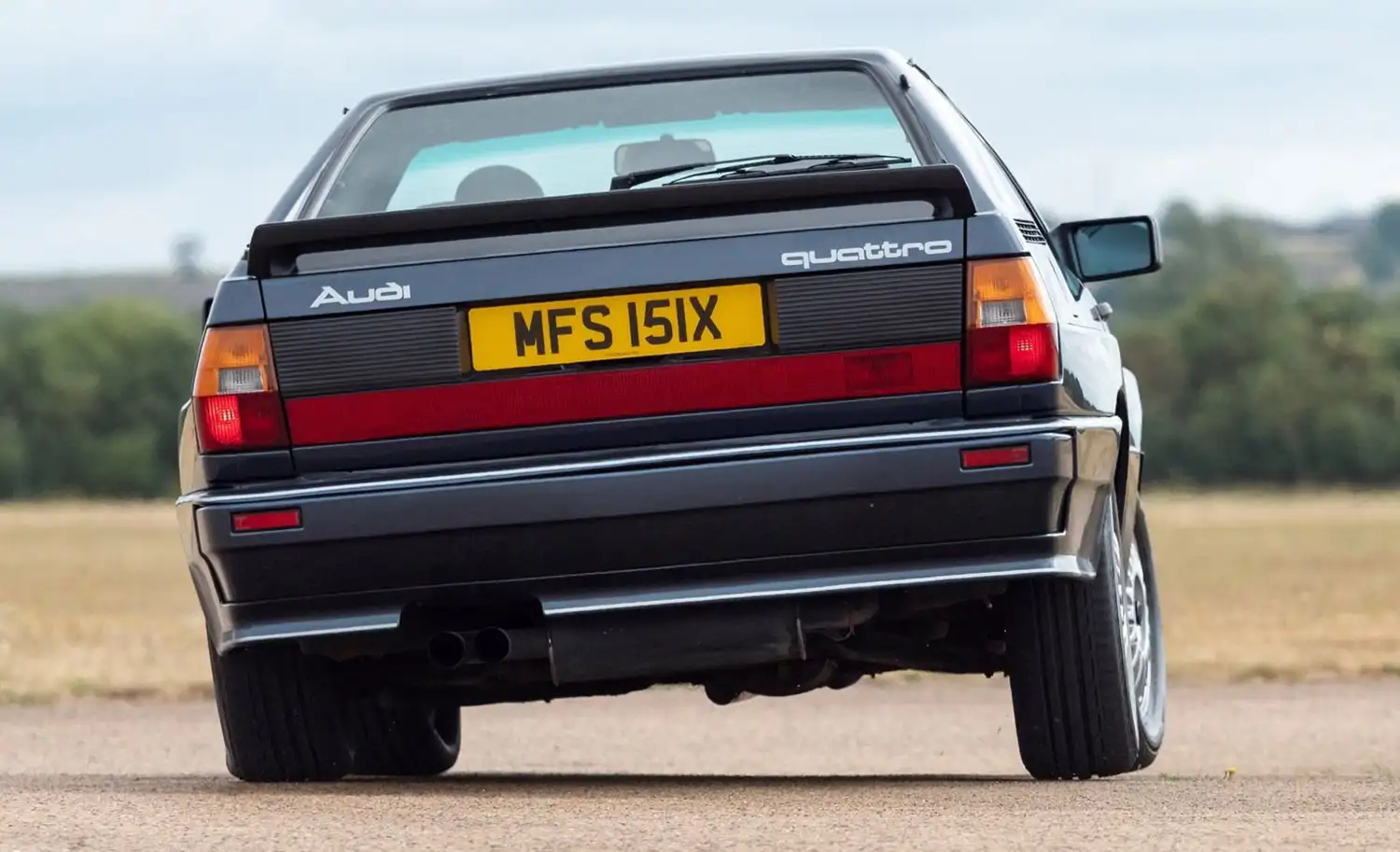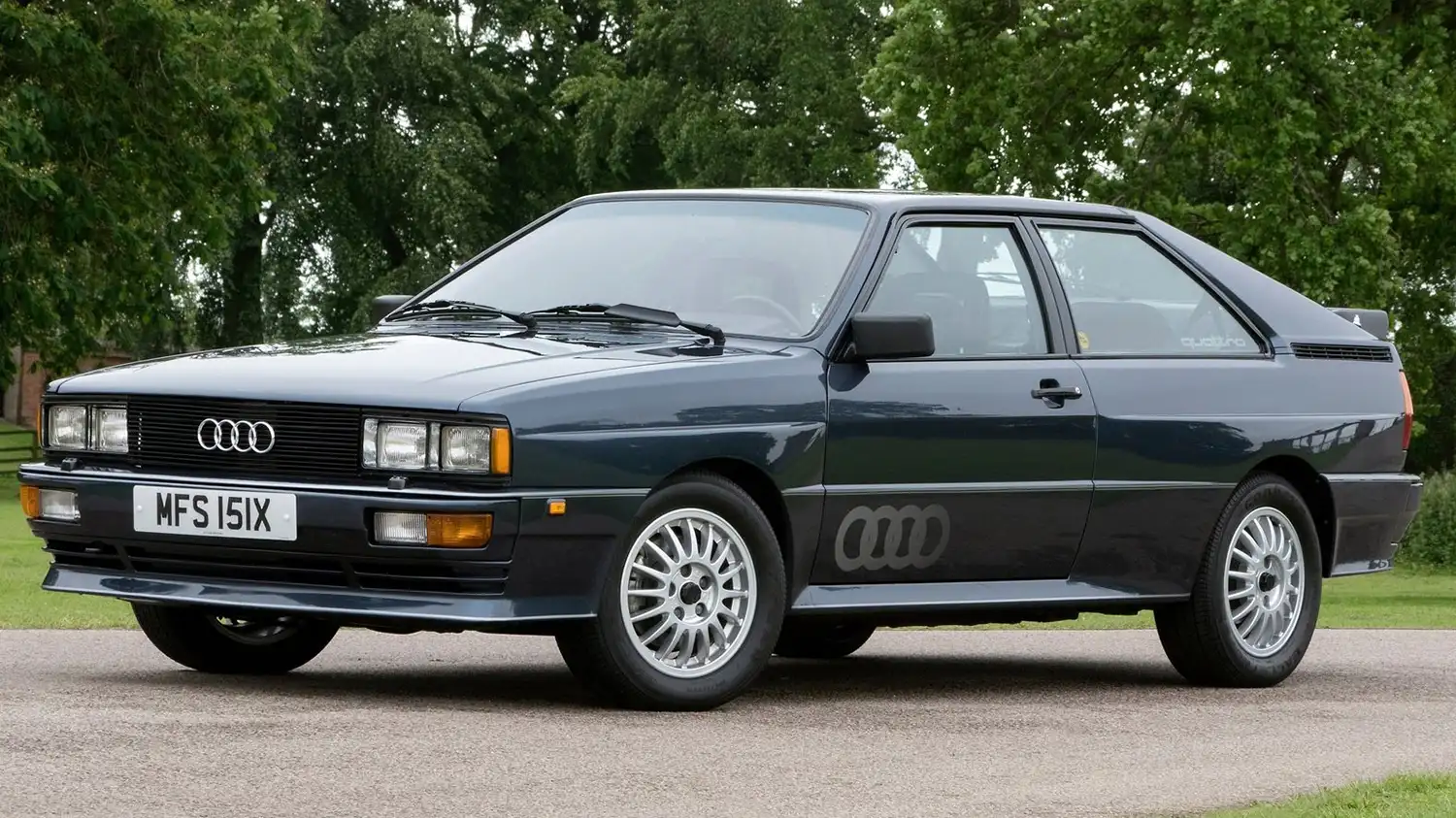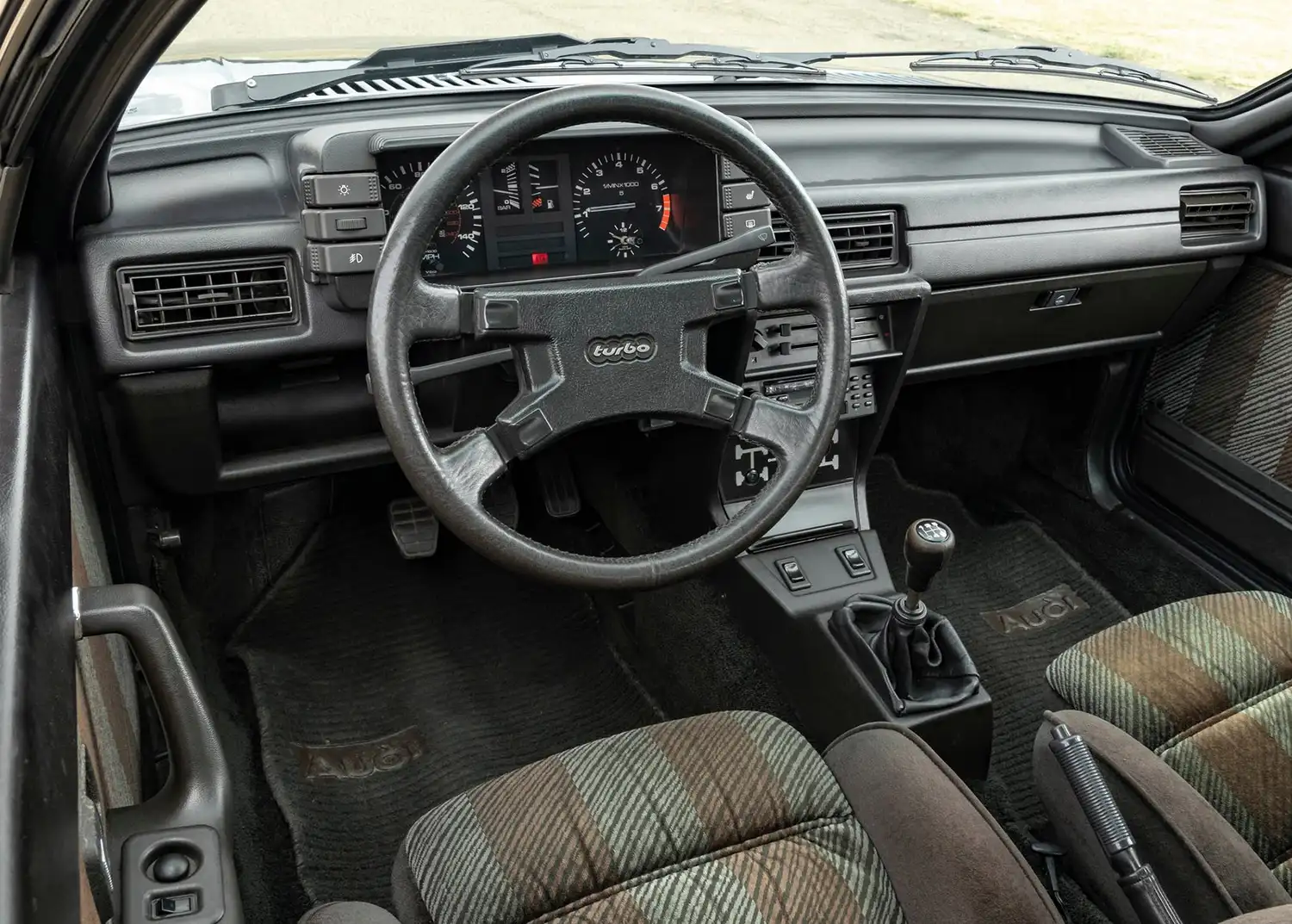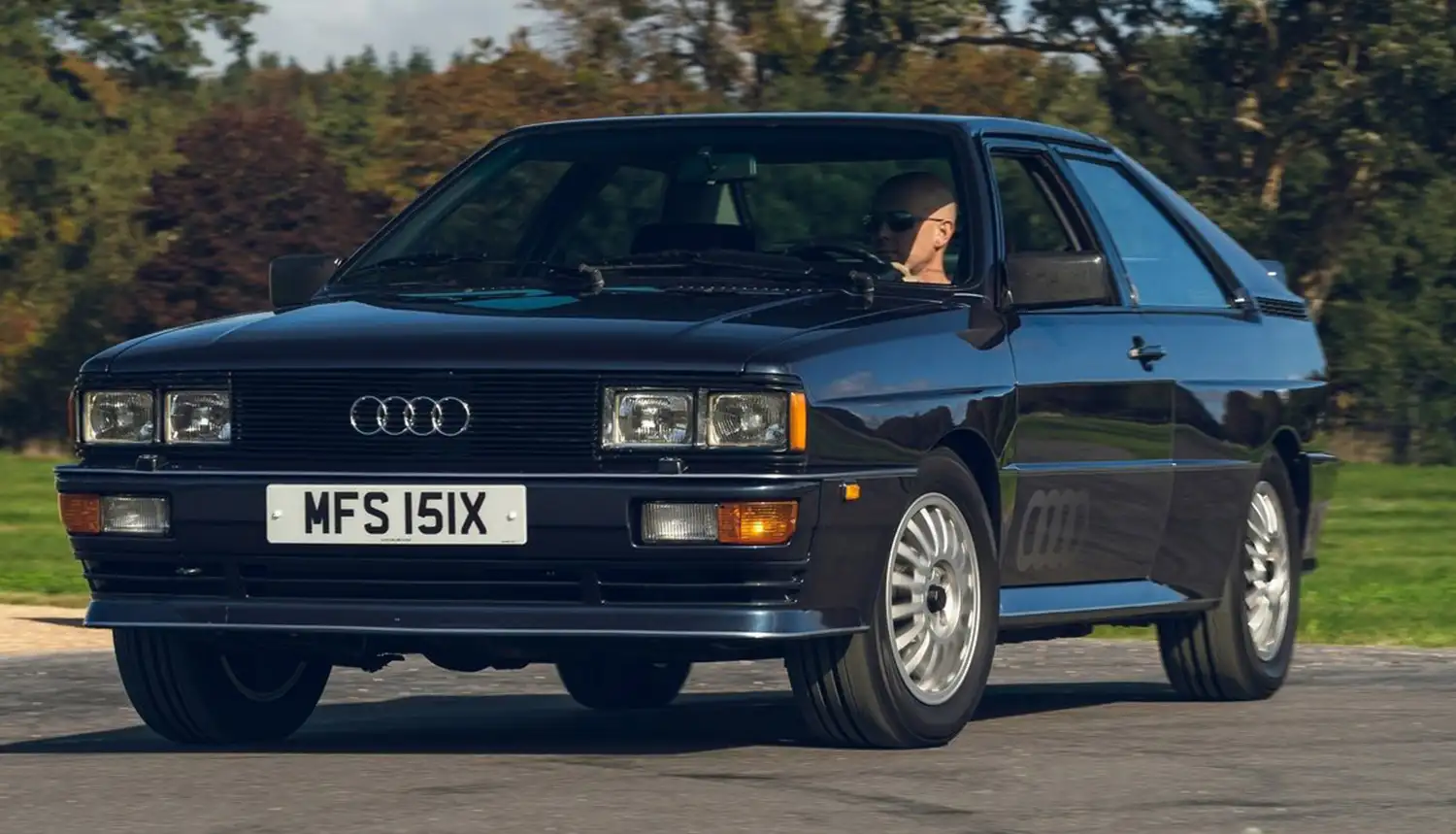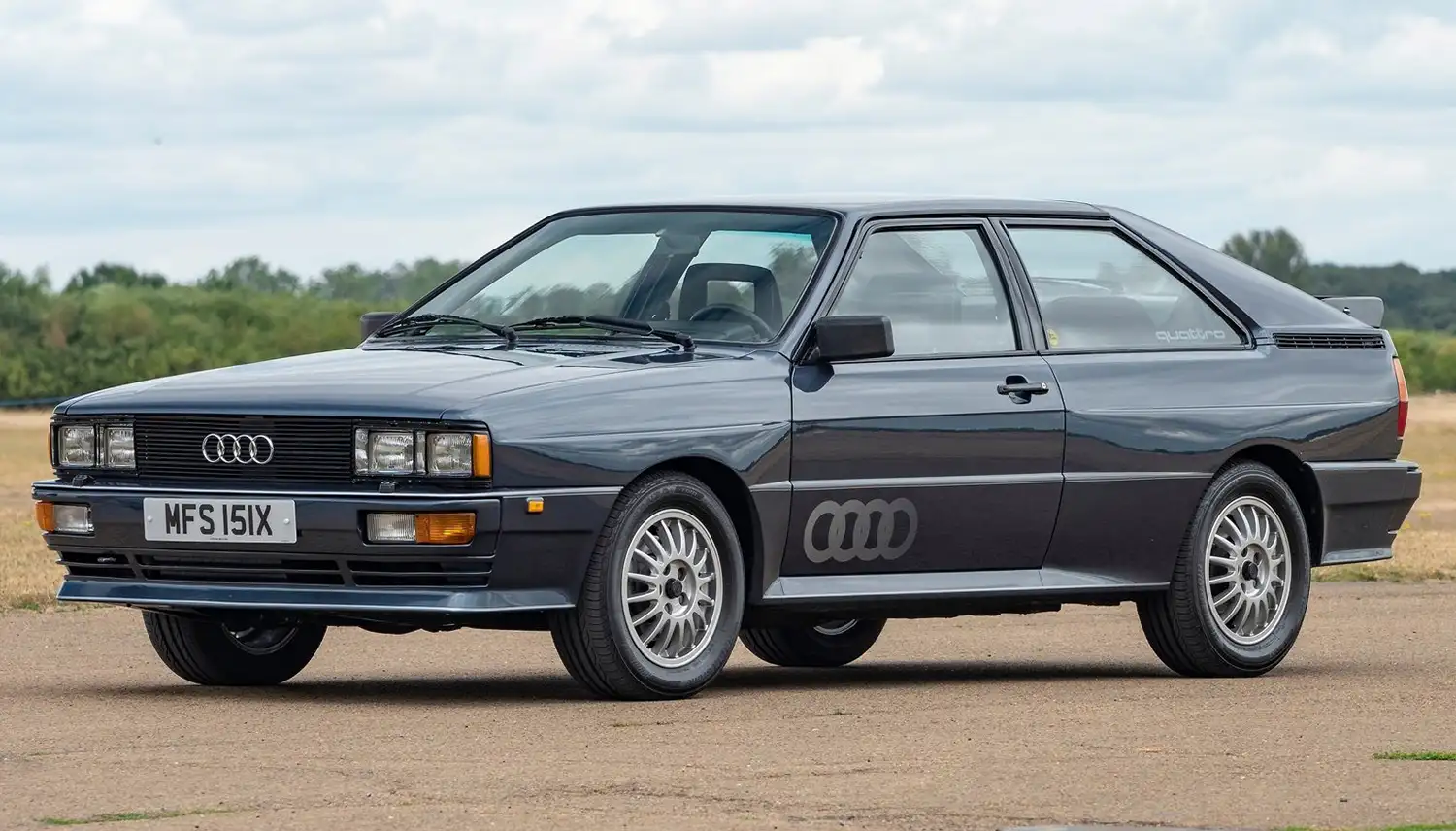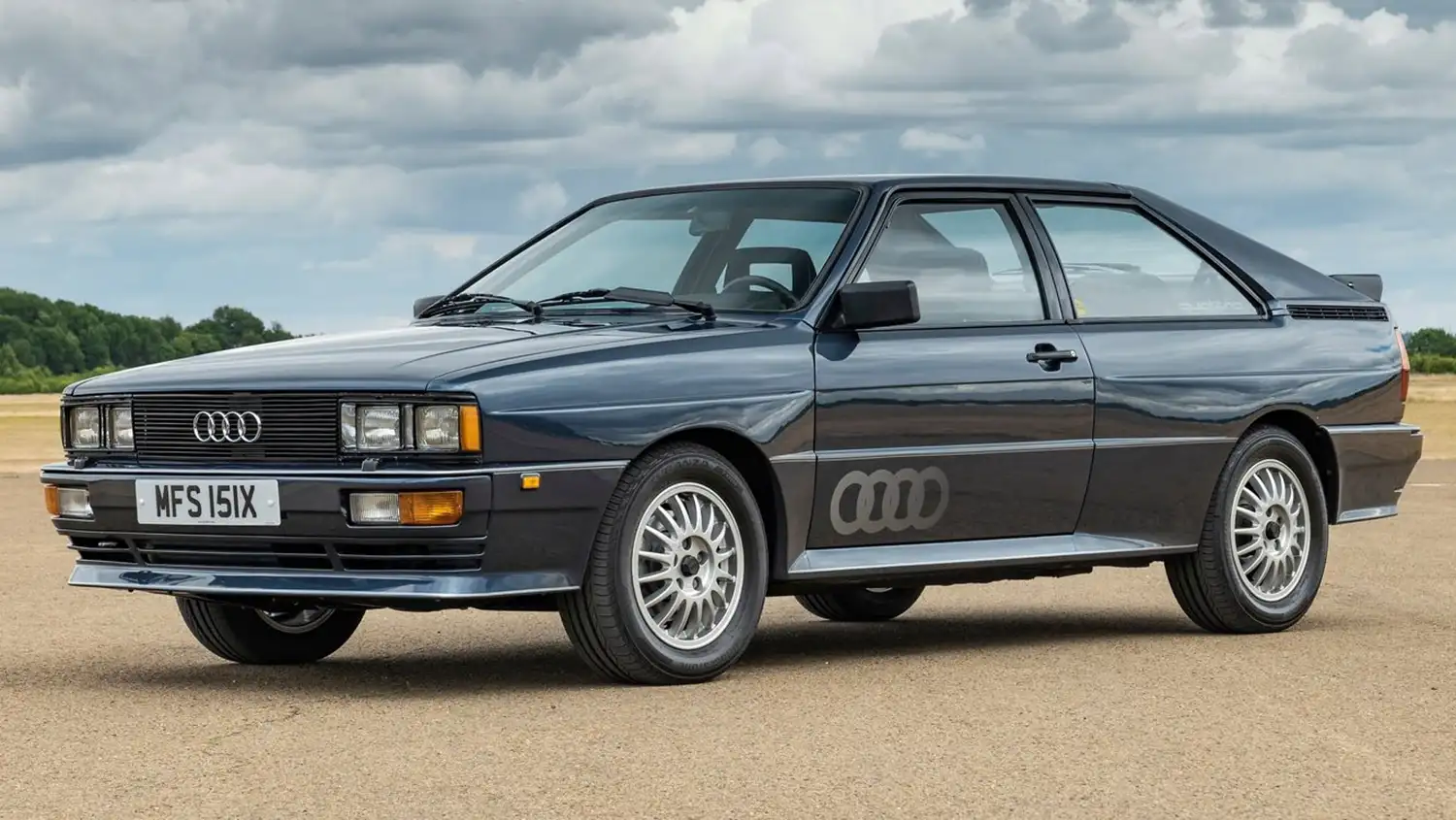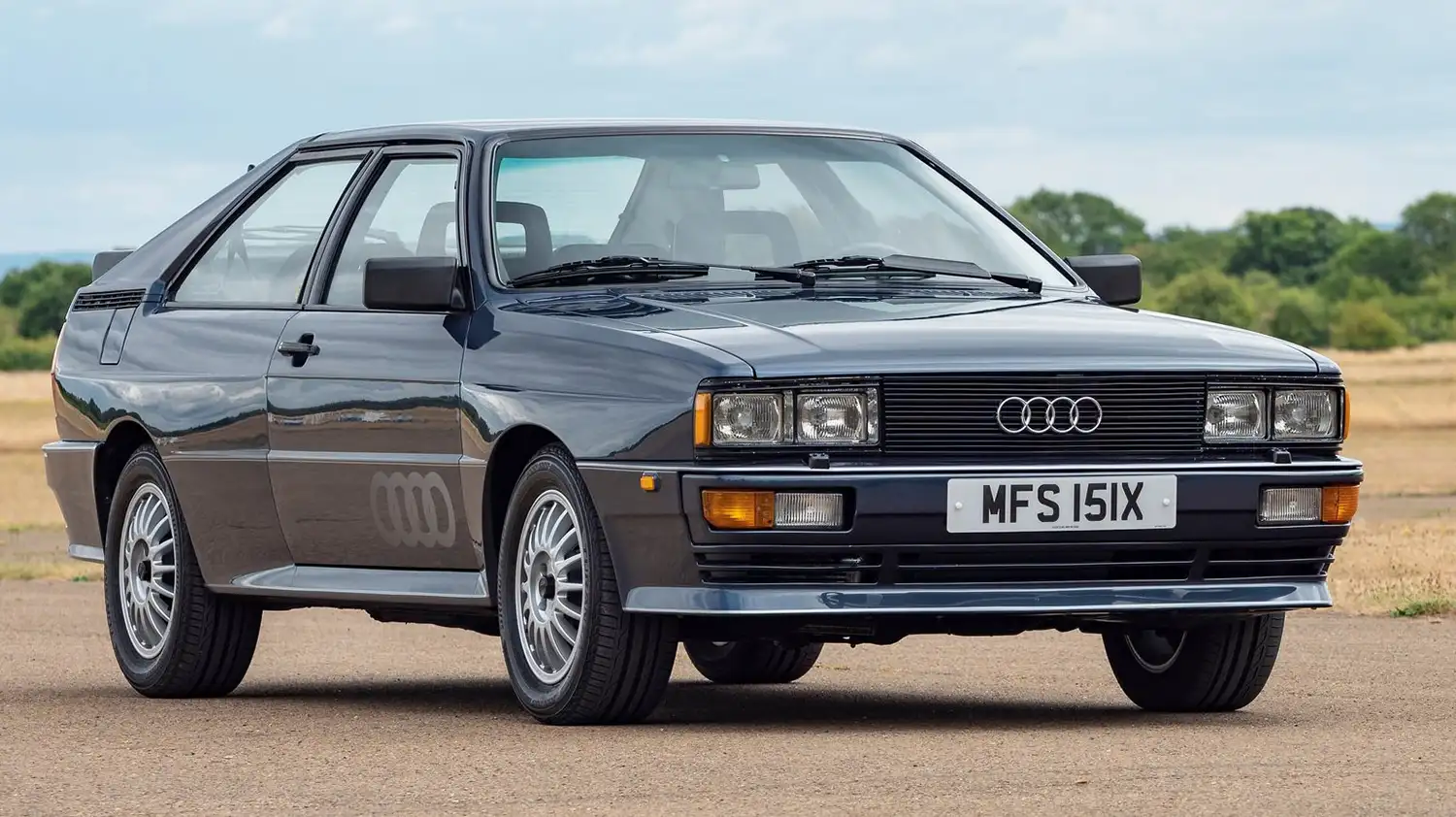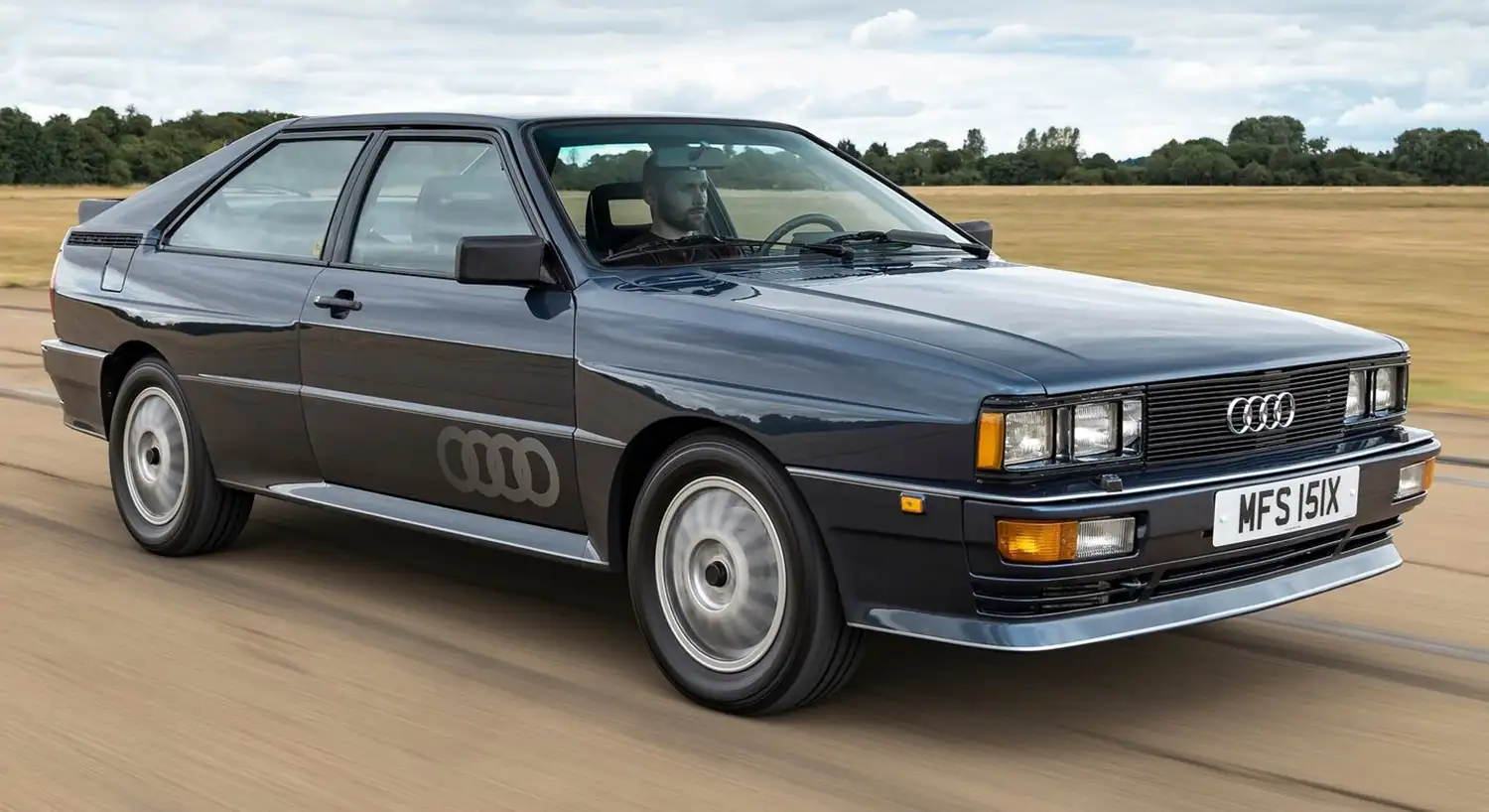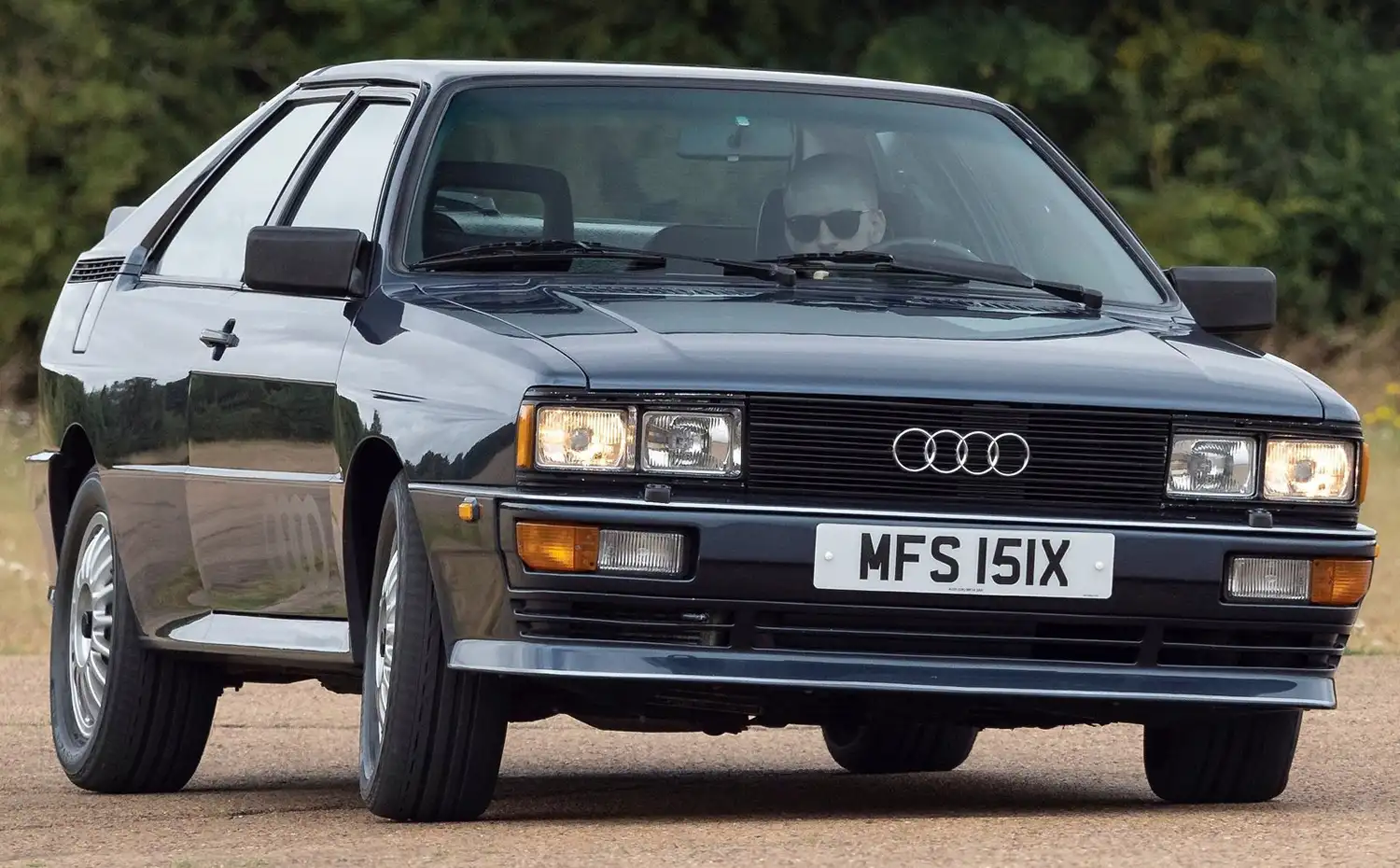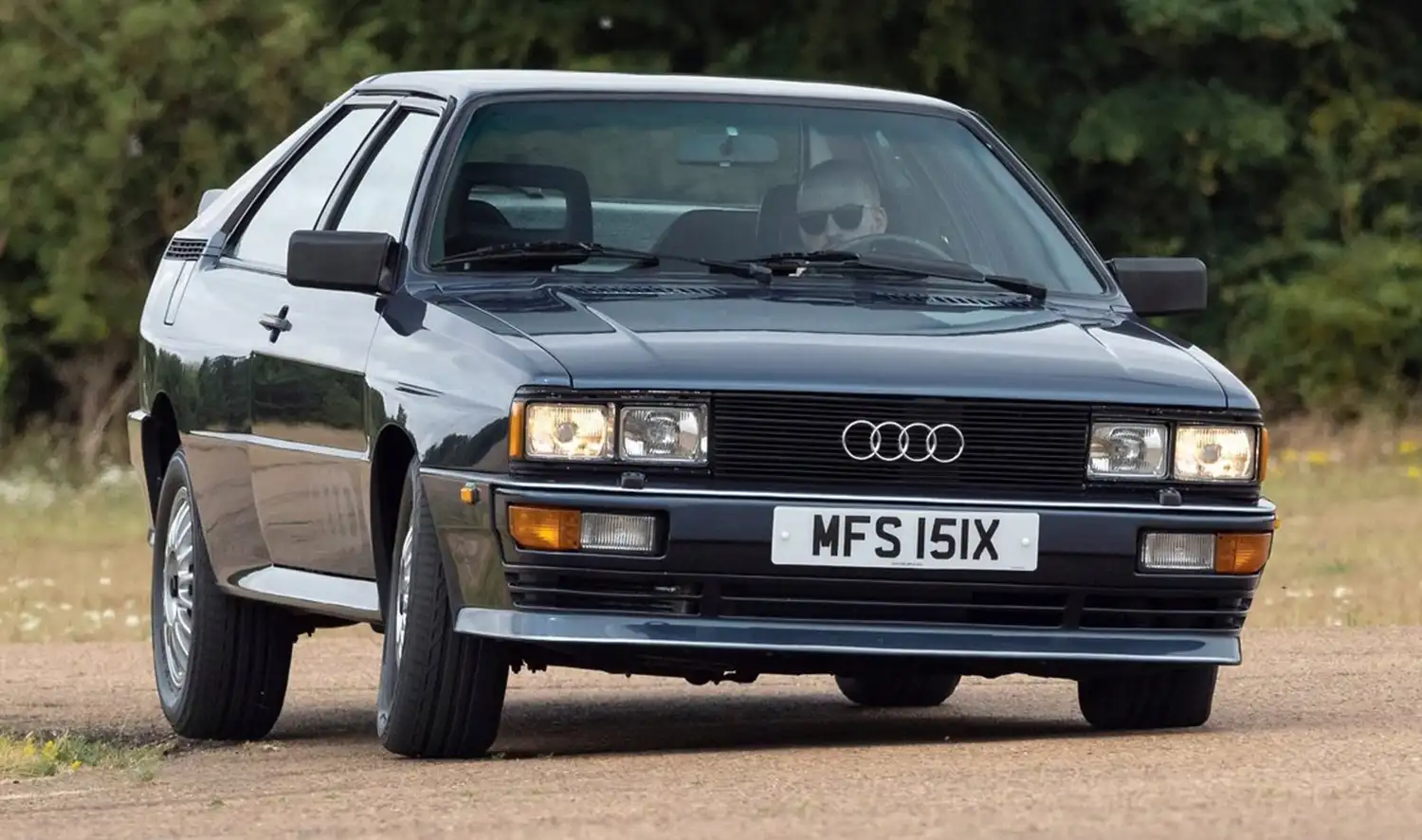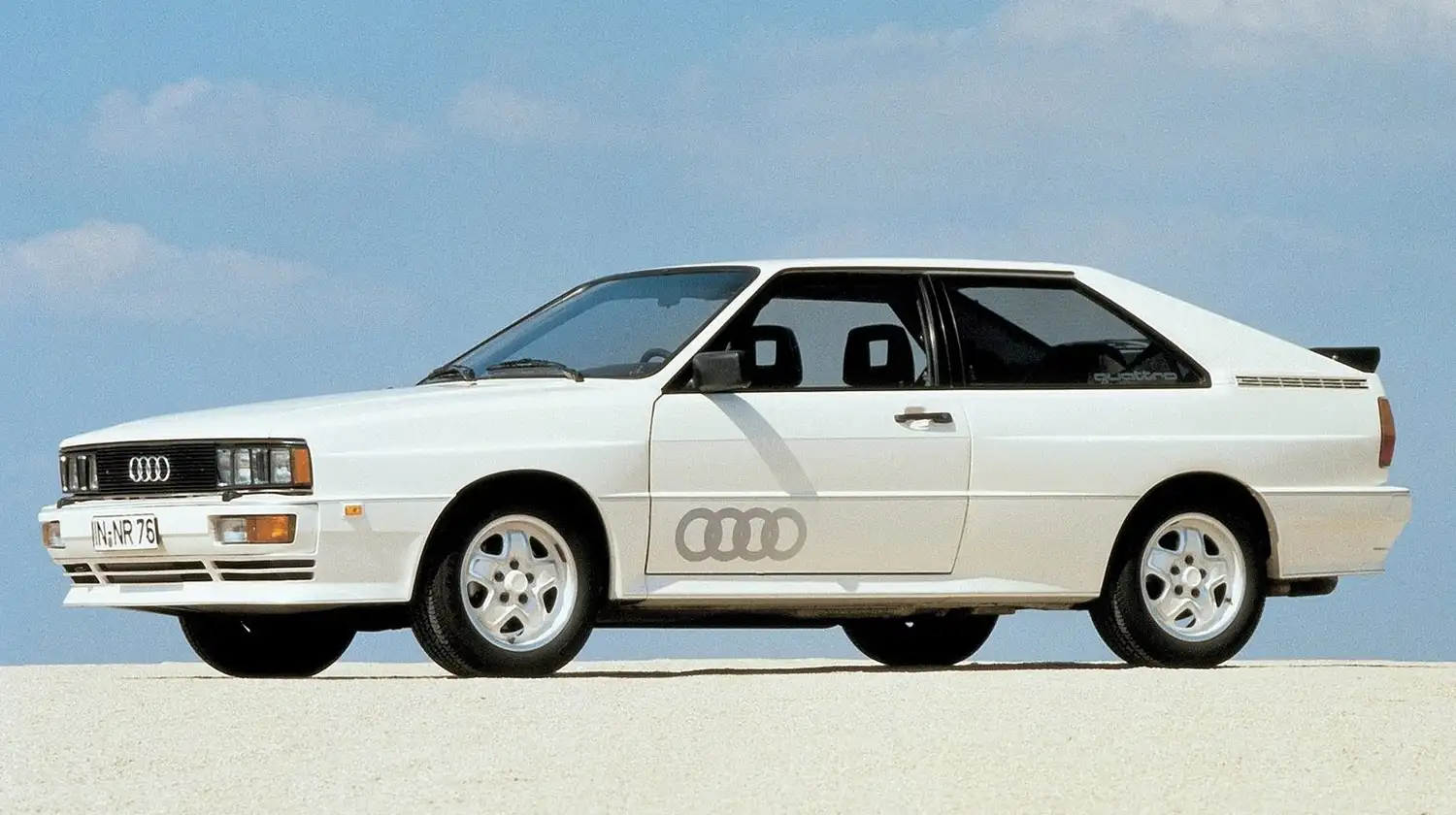
“We wanted to create the impression of a car that’s ‘glued to the ground’—with capability rather than elegance in the foreground. And this formal concept has justified itself as effective, correct, and credible.” These words from Hartmut Warkuss, then head of design, perfectly describe the first Audi Quattro. Derived from the Audi 80 Coupé but featuring sharp-edged body styling, it made its debut on March 3, 1980, at an indoor ice-skating rink near the Geneva Motor Show.
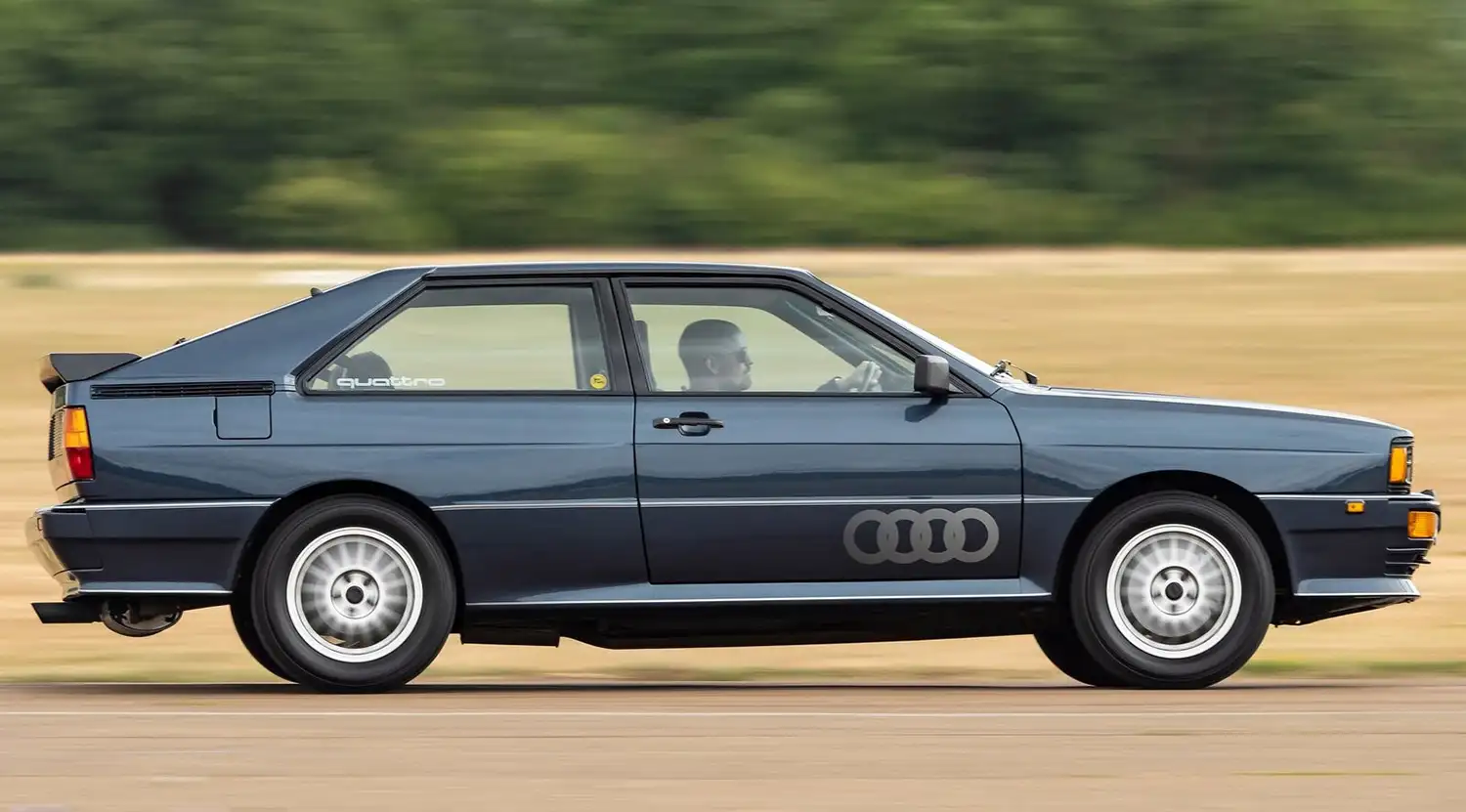
The new five-seater coupé had a compact 2,524 mm wheelbase and an overall length of 4,404 mm, running on 6-inch forged alloy wheels from Fuchs. Dr. Ferdinand Piëch recognized the significance of this car, marking the introduction of all-wheel drive to roadgoing passenger cars.
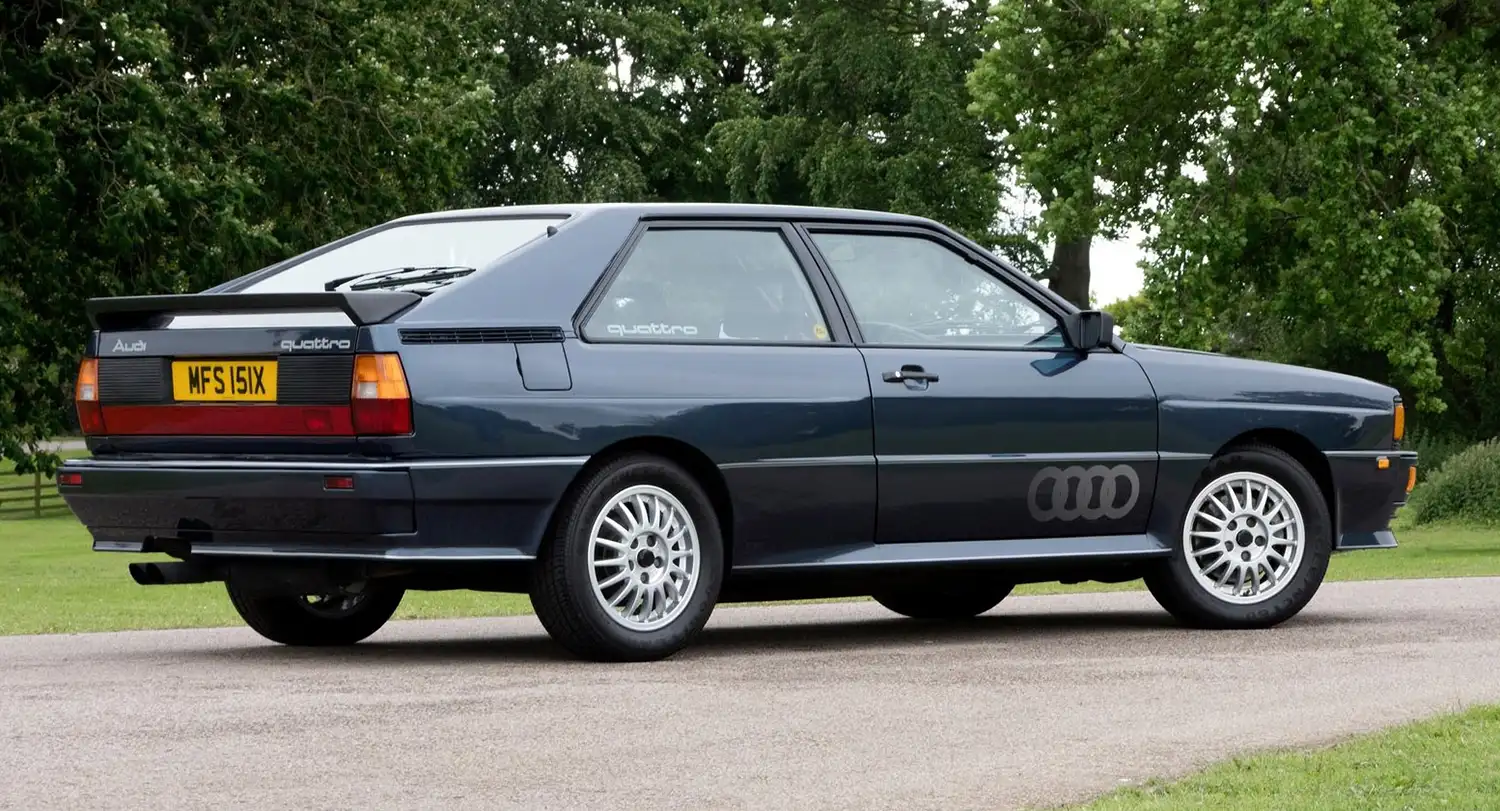
The revolutionary Audi Quattro, named by Walter Treser, was met with immediate enthusiasm due to its innovative driveline concept and sporty character. Its five-cylinder turbocharged and charge-air intercooled engine, with a displacement of 2,144 cc, produced 147 kW (200 bhp) and 285 Nm of torque at 3,500 rpm. Weighing 1,290 kilograms, the Quattro could accelerate from 0 to 100 km/h in 7.1 seconds and reach a top speed of over 220 km/h. Its permanent traction, sporty suspension, and functional interior made it an exceptional driving machine.
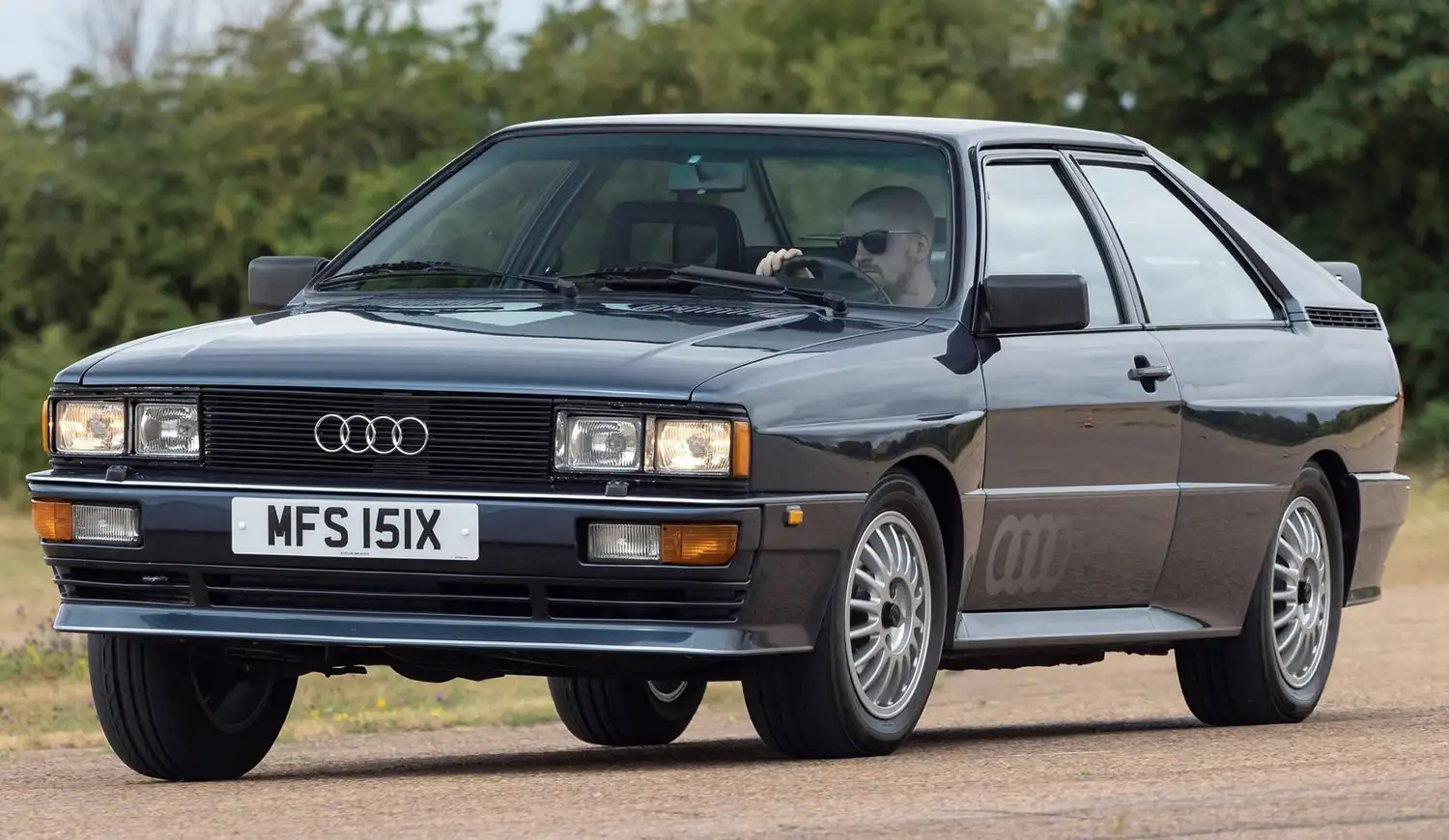
The Quattro became the flagship model for Audi, not only due to its performance but also its price—49,900 German marks. Despite this, sales soared when the car hit showrooms in November 1980, with nearly 2,000 units produced in the first two years. The first 400 units were necessary for Group 4 world rally championship regulations.
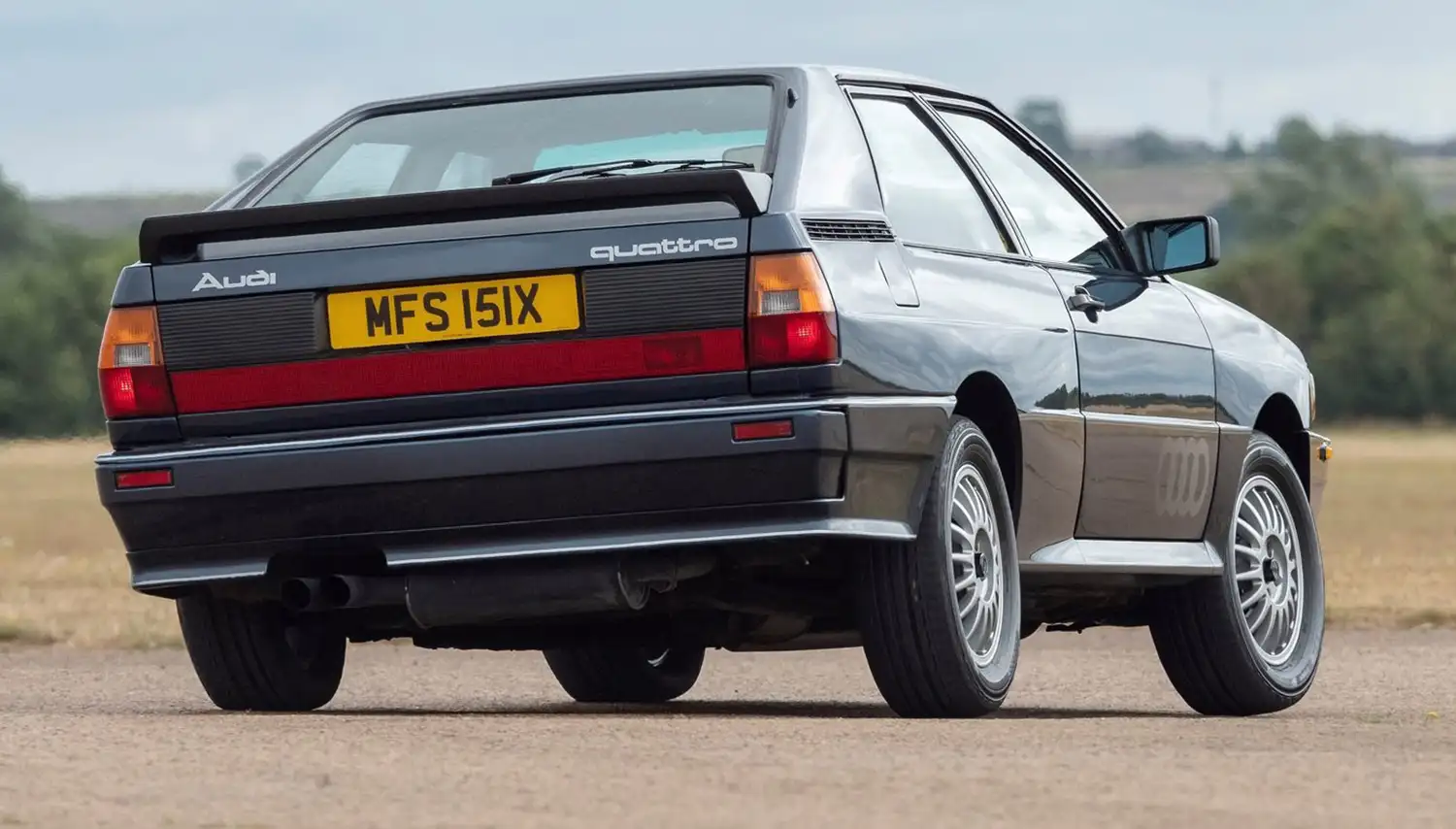
Production of the “original Quattro” continued until 1991, with a total of 11,452 units built. Over the years, interior materials became more sophisticated, and minor technical updates were made, including digital displays, speech-output warnings, ABS, and running-gear modifications. An update in 1987 introduced the Torsen center differential and a slightly larger engine, maintaining 147 kW (200 bhp) but with improved low-speed torque. In 1989, power increased to 162 kW (220 bhp) with a new four-valve cylinder head, boosting the top speed to 230 km/h.
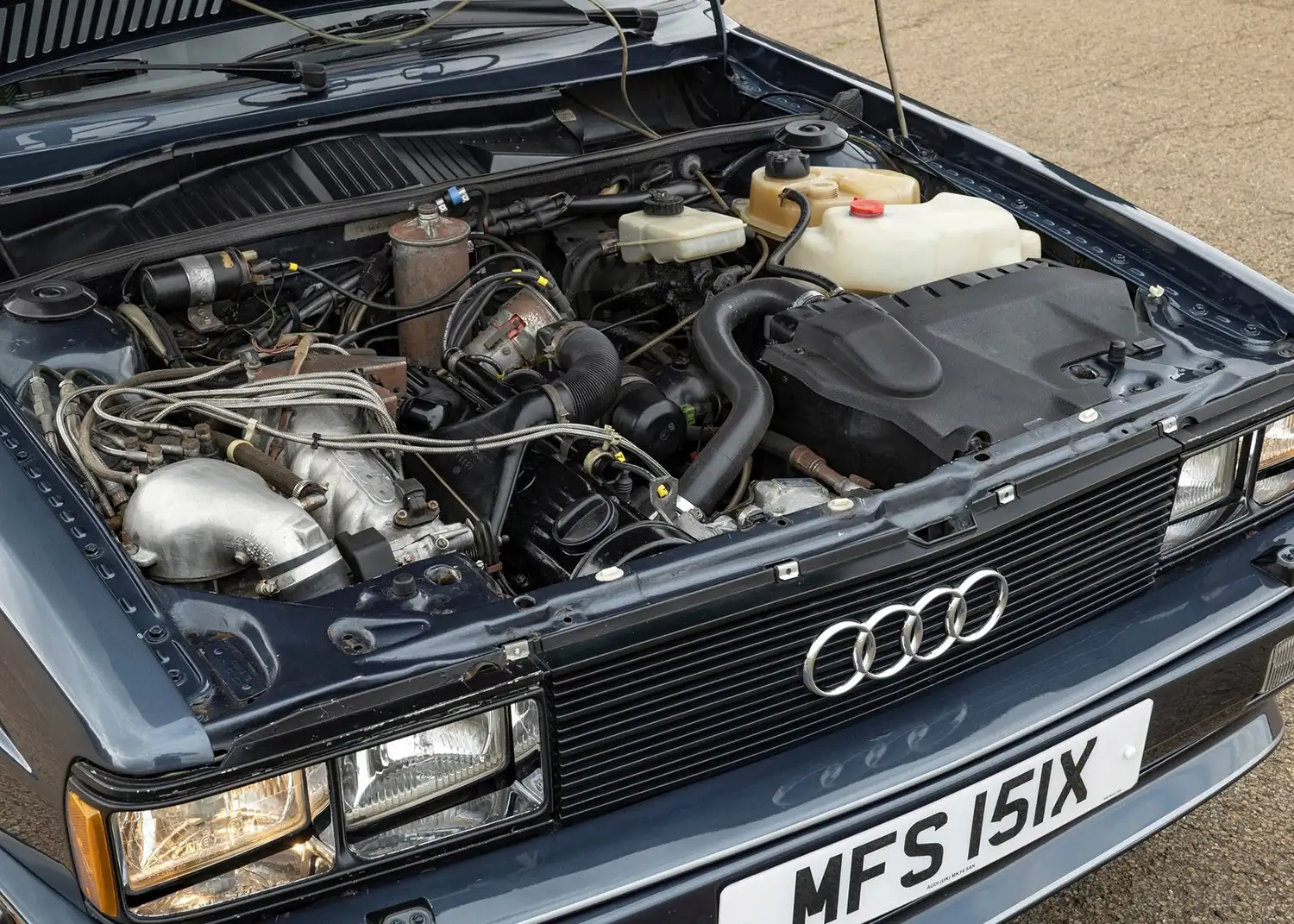
In 1984, Audi introduced the Sport Quattro, a special model with a reduced wheelbase of 2,204 mm and a new four-valve turbocharged engine with an aluminum cylinder block, delivering 225 kW (306 bhp). Though a road car, its use of Kevlar and other weight-saving materials made it a formidable rally contender. Only 224 units were built, ensuring its exclusivity with a price tag of 203,850 German marks.
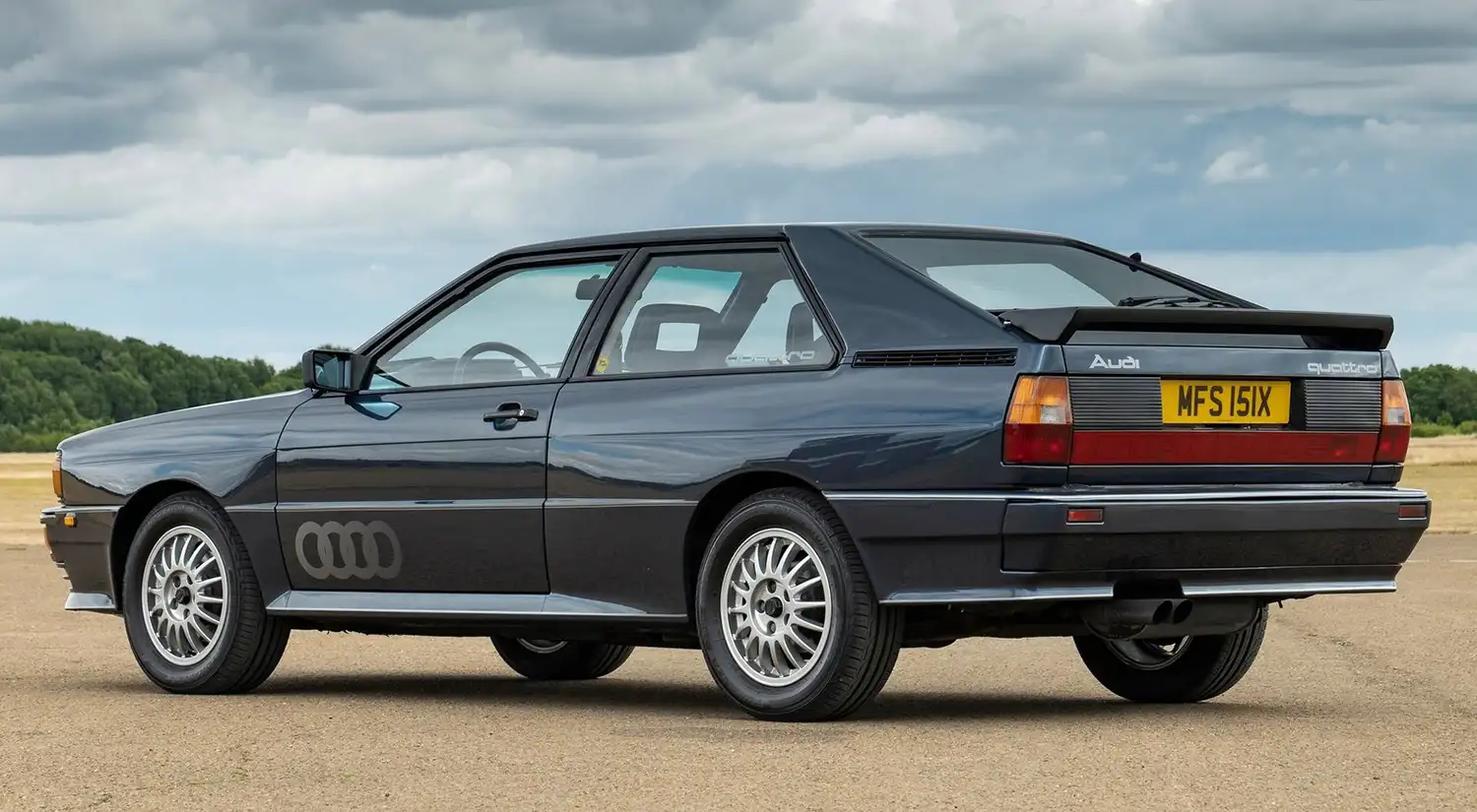
Performance Specifications
- Engine: Five-cylinder turbocharged, 2,144 cc
- Power Output: 147 kW (200 bhp)
- Torque: 285 Nm at 3,500 rpm
- Acceleration (0-100 km/h): 7.1 seconds
- Top Speed: Over 220 km/h
- Weight: 1,290 kg
- Wheelbase: 2,524 mm
- Overall Length: 4,404 mm
- Special Model (Sport Quattro): 225 kW (306 bhp), wheelbase 2,204 mm
Source: Audi
This Article use tools from Chatgpt
